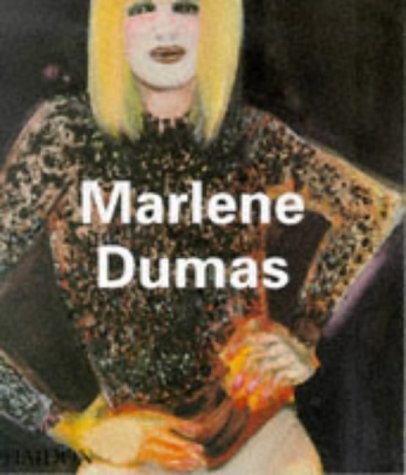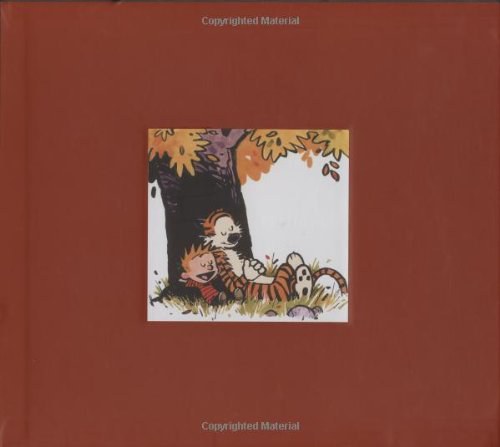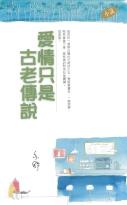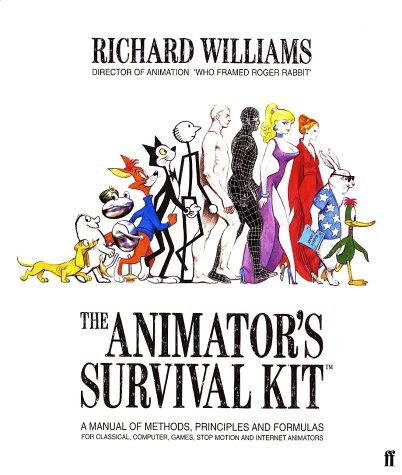
Mason Currey《Daily Rituals》
书刊介绍
内容简介
Franz Kafka, frustrated with his living quarters and day job, wrote in a letter to Felice Bauer in 1912, “time is short, my strength is limited, the office is a horror, the apartment is noisy, and if a pleasant, straightforward life is not possible then one must try to wriggle through by subtle maneuvers.”
Kafka is one of 161 inspired—and inspiring—minds, among them, novelists, poets, playwrights, painters, philosophers, scientists, and mathematicians, who describe how they subtly maneuver the many (self-inflicted) obstacles and (self-imposed) daily rituals to get done the work they love to do, whether by waking early or staying up late; whether by self-medicating with doughnuts or bathing, drinking vast quantities of coffee, or taking long daily walks. Thomas Wolfe wrote standing up in the kitchen, the top of the refrigerator as his desk, dreamily fondling his “male configurations”. . . Jean-Paul Sartre chewed on Corydrane tablets (a mix of amphetamine and aspirin), ingesting ten times the recommended dose each day . . . Descartes liked to linger in bed, his mind wandering in sleep through woods, gardens, and enchanted palaces where he experienced “every pleasure imaginable.”
Here are: Anthony Trollope, who demanded of himself that each morning he write three thousand words (250 words every fifteen minutes for three hours) before going off to his job at the postal service, which he kept for thirty-three years during the writing of more than two dozen books . . . Karl Marx . . . Woody Allen . . . Agatha Christie . . . George Balanchine, who did most of his work while ironing . . . Leo Tolstoy . . . Charles Dickens . . . Pablo Picasso . . . George Gershwin, who, said his brother Ira, worked for twelve hours a day from late morning to midnight, composing at the piano in pajamas, bathrobe, and slippers . . .
Here also are the daily rituals of Charles Darwin, Andy Warhol, John Updike, Twyla Tharp, Benjamin Franklin, William Faulkner, Jane Austen, Anne Rice, and Igor Stravinsky (he was never able to compose unless he was sure no one could hear him and, when blocked, stood on his head to “clear the brain”).
Brilliantly compiled and edited, and filled with detail and anecdote, Daily Rituals is irresistible, addictive, magically inspiring.
相关推荐
-
![[美] 汉娜·帕库拉《宋美龄传》](http://oss.shudanhao.com/caiji/chazidian/2023/39371.jpg)
[美] 汉娜·帕库拉《宋美龄传》
《宋美龄传》作者下笔旁征博引,乃是读者之幸,却往往是翻译者与编辑的挑战。《宋美龄传》涉及既广,作者又刻意发掘新材料,笔下
-

周伟《周璇传》
周璇(1920—1957),是我国蜚声影坛、歌坛的两栖明星。20世纪30年代至40年代,被誉为“金嗓子”、“歌后”和“影后”。一代歌星
-

才女之累
《才女之累》内容简介:本书是一部关于宋代女词人李清照的研究专著。作者在古今浩繁的相关资料中爬梳抉择,经过严密的分析论证,认
-

沸腾十五年:中国互联网1995—2009(修订版)
《沸腾十五年:中国互联网1995—2009(修订版)》内容简介:1995年,中国开通了北京、上海两个接入Internet的节点,这一年被称为中
-

三国人物新传
三国人物新传 内容简介 三国时代,英雄辈出。曹操、刘备、孙权,都是一代枭雄,三分天下,称王争霸。各方都是谋臣如雨,猛将如云,筹谋运计,金戈铁马,沙场喋血,威武雄...
-

椰壳碗外的人生
《椰壳碗外的人生》内容简介:《想象的共同体》作者本尼迪克特·安德森自述“越界”一生 跨地域之限,越语言之别,消文化之墙,破学
-

衣食行:《醒世姻缘传》中的物质生活
《衣食行:《醒世姻缘传》中的物质生活》内容简介:长篇章回小说《醒世姻缘传》是一部产生于十七世纪的波澜壮阔的古典世情小说。在
-

时间简史
《时间简史》内容简介:这是一本你可以读得懂的时间之书,这里有关于时间的故事。我们时时刻刻都在体验着时间,但关于时间,我们却
-

世界著名教育思想家加涅
世界著名教育思想家加涅 本书特色 《世界著名教育思想家:加涅》希望通过以较为通俗的语言对加涅主要思想给予介绍,使更多的教育教学工作者能够了解到这位教育心理学家思...
-

黄河青山:黄仁宇回忆录
黄河青山:黄仁宇回忆录 本书特色 本书是规模宏大的回忆录,从作者早年的从军经历到壮年时期在美国打工、求学、无所不包;本书又是一部眼光非凡的“大历史”,检讨中国近...
-

民国陈迹之落幕枭雄二十个军阀的非正常死亡
民国陈迹之落幕枭雄二十个军阀的非正常死亡 本书特色 20世纪上半叶的军阀混战史,就是一部民国祸乱史,他们虽然呼风唤雨,显赫一时,居然有二十几人死于非命,未得善终...
-

大家小辑:伍子胥 (精装)
大家小辑:伍子胥(精装) 本书特色 《伍子胥》是中国现代文坛代表性作家冯至的经典中篇小说,影响深远。全书共九节,分别以伍子胥可能经过的地点为题名。首先是郢都外的...
-

李鸿章家族
李鸿章家族 本书特色 甘政权、石庆波编著的《李鸿章家族》内容简介:李鸿章在晚清政治舞台上活跃了40年。身处大变革时代,李鸿章几乎以一人之力,引领淮系集团...
-

宋词三百首赏译
《宋词三百首赏译》内容简介:本书以上彊村民的《宋词三百首》为底本,精选宋词220首。每一首词的体例编排分为作者简介:、原词、注释
-

(插图版人物传记系列)美国之梦——富兰克林自己的故事
(插图版人物传记系列)美国之梦——富兰克林自己的故事 本书特色 富兰克林自己的故事“倘使命运再给我一次生活的机会,我必定还会义无反顾地做出同样选择。我相信,人与...
-

历史上的玄奘
历史上的玄奘 内容简介 历史上的玄奘,精通佛教经、律、论(三藏),学界尊称为三藏法师。又因他是大唐皇帝李世民御笔褒扬的高僧,民间直呼唐僧。褪去笼罩在玄奘身上的神...
-

鬼谷子传
鬼谷子传 内容简介 这部文学传记在对鬼谷子先生和《鬼谷子》一书进行学术考证的基础上,根据*新研究成果,以文学形式全面系统地展现了战国中期纵横家学派的理论和实践,...
-
![[美] 罗伯特·L·海尔布罗纳《几位著名经济思想家的生平、时代和思想》](http://oss.shudanhao.com/caiji/chazidian/2023/39697.jpg)
[美] 罗伯特·L·海尔布罗纳《几位著名经济思想家的生平、时代和思想》
RobertL.Heilbroner(1919-)istheNormanThomasProfessorofEconomicsattheNewSchoolforS...
-

麦克尔·阿泽拉德《关于一个孩子》
本书是一本关于美国涅槃乐队及其主唱手科特•柯本的极有价值的传记。该书分为16章,事无巨细地描述了乐队的上升期和早年的声望,也
-

赵元任早年自传
赵元任早年自传 本书特色 赵元任被誉为“中国语言学之父”,国内已经推出了《赵元任全集》,这本自传也以各种形式在海内外出国多个版本。今次版本取自台湾传记文学出版社...





